The Genus Rhododendron is acclaimed in horticulture for its most elegant, bell-shaped flowers of varied colours. In India, Rhododendron species are found in the Himalayas from Kashmir to Arunachal Pradesh and in the forested mountain tracts of N.E. Indian states.
The interest in the Himalayan Rhododendrons began with the discovery of the red flowered R. Arboreum in Kashmir in the year 1796 and introduction of its seeds into the English Gardens in 1827. J.D. Hooker's Travels in Sikkim between 1848-1850 revealed the hidden Rhododendron Treasure. Following this, Series of Botanical explorations were undertaken in the Eastern Himalayan Region by noted botanists and plant collectors from England bringing forth the richness and species diversity of the Genus. Himalayan Rhododendrons have contributed a great deal in developing many horticulturally appealing clones and have ensured their importance in a multi-million dollar horticulture trade in the West at par with roses and orchids.
In India, the species in the Western Himalaya and Sikkim are better known, while the species that inhabit the densely forested inaccessible mountains in Arunachal Pradesh and other N.E. Indian states largely remained less known or even unknown. Thus there has been no comprehensive account of all the species of the Genus in the country leaving a wide gap to know the Indian Rhododendrons wholly and from a single source. Hence this book.
The book provides detailed taxonomic treatment of the Genus in India with workable keys to the subgenera, different sections, sub-sections, species and sub-specific taxa with botanical descriptions. Colour photographs for many species, line drawings for about 20 species, distribution maps for all the species are provided to enhance the scientific value of this book as a Reference Manual for the use of botanists, teachers, students, foresters, nature lovers and conservationists. In short this book is the need of the hour for planning appropriate scientific conversation measures to safeguard the Rhododendron species and their sites from further destruction, depletion and possible extinction.
ABOUT THE AUTHOR A.R.K. Sastry
A.R.K Sastri Joined Botanical Survey of India (BSI) in the Western Circle, Pune in 1961; worked in the Eastern Circle, BSI, Shillong; BSI Headquarters in different posts of project coordinator of US Fish & Wildlife funded BSI project on Endangered Species of Flora, and retired as Joint director. Worked as Director, Biodiversity programmes in the WWf-India, New Delhi. Published about 15 books and 75 research papers. Visited several US Botanical Institutions, Kew & Edinburgh Botanical Gardens. First recipient of Distinguished Scientist Award (Vishisht Vaignyanik Purashkar) from the Ministry of Environment & Forest., New Delhi in 1993; was the member of the IUCN Threatened plants committee for the Indian subcontinents. He is a Member of Research Council, Tropical Botanical Research Institute, Palode under the Kerala State Council for Sci., Tech., & Environment, Tiruvananthapuram.
ABOUT THE AUTHOR P.K. Hajra
Prabhat Kumar Hajra (b. January 28, 1940) received his early education at Sekenderpur, a village in Hooghly District of West Bengal and graduation from Calcutta University. He obtained Masters Degree in Botany from Guahati University and Ph.D. degree from the same university. From 1961 to 1992 he worked in Central National Herbarium, Calcutta, Eastern Circle, Shillong, and Northern Circle, Dehradun of Botanical Survey of India in different capacities. He established the Sikkim Himalayan Circle of Botanical Survey of India. He joined the Ministry of Environment and Forest, Government of India as Director Biosphere Reserve and worked during the period 1992-1993. HE then rejoined Botanical Survey of India as Director in 1993 and retired on supre-annuation in 1998. Since 1998 he is involved in a project sponsored jointly by the Department of Space and Biotechnology, Government of India as one of the collaborators. He has authored manmy publications of botanical interest such as Plant wealth of Nanda Devi Biosphere Reserve, Botany of Kaziranga and Manas, Brahmakamal and its allies etc. He has also edited a large number of books on the Flora of India. He is the author of over 100 publications in various scientific journals. During his intensive field survey all over India, he discovered numerous plant species that are new to science. He has also extensively toured all over the world in connection to his scientific pursuit. He is the author of several popular books in English as well as Hindi.

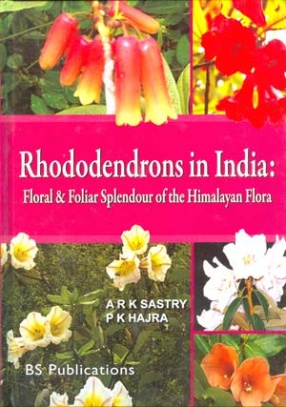
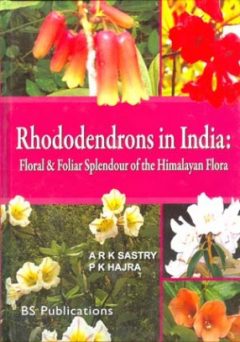

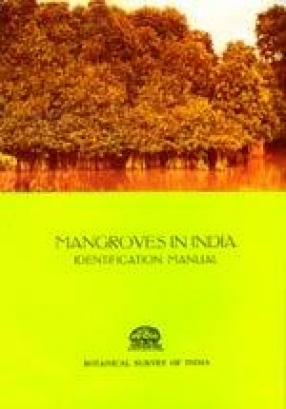

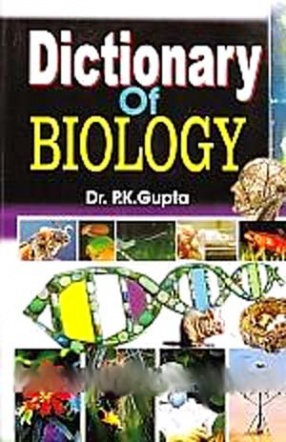
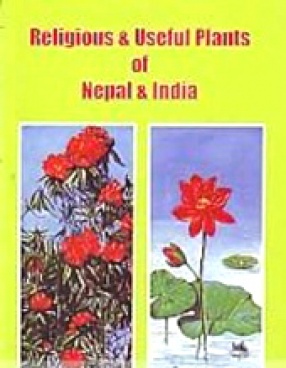
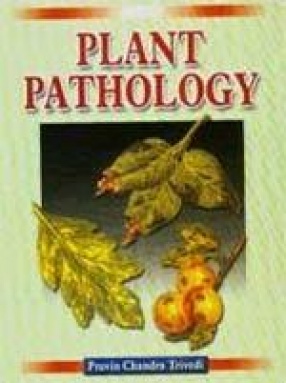
There are no reviews yet.